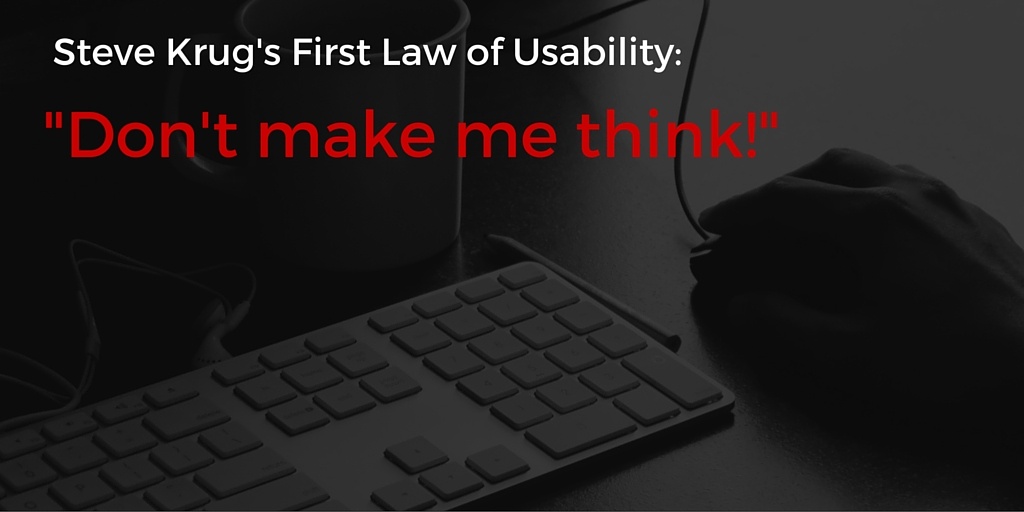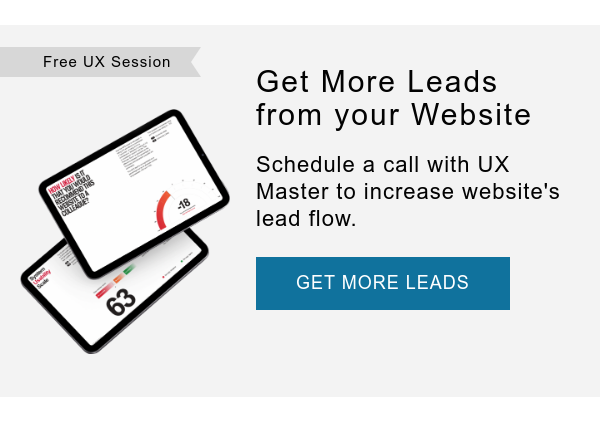 There are many resources and articles dedicated to maximizing online conversions but very few focus on the fundamental principles of designing a conversion-friendly website. Understanding these core principles will help you make right decisions on choosing "optimization targets". Did you know that most sales made on e-commerce websites come from users searching the website? Or that one of the most frequently used tools on manufacturer's website is the dealer locator? Or that sales can be greatly increased by recommending supplementary products or value-added upgrades?
There are many resources and articles dedicated to maximizing online conversions but very few focus on the fundamental principles of designing a conversion-friendly website. Understanding these core principles will help you make right decisions on choosing "optimization targets". Did you know that most sales made on e-commerce websites come from users searching the website? Or that one of the most frequently used tools on manufacturer's website is the dealer locator? Or that sales can be greatly increased by recommending supplementary products or value-added upgrades?
There are many factors that can influence your website's performance, and you need to create a conversion-friendly web design that makes it easy for your visitors take action. If you do, your website's performance will exceed your most ambitious expectations. Here are 3 principles to get started with website conversion optimization:
1. Understand and Measure Your Business Objectives
Website conversions occur when visitors act in specific ways that help you achieve business objectives. How you define a conversion should be linked to your SMART website goals. A conversion on your website doesn't necessarily mean an immediate monetary transaction; it could also be an expression of interest through a contact form or a registration on your website that could eventually lead to other opportunities. For example, if your website goal is to increase the number of event sign-ups, then a website conversion would occur when a visitor signs up for an event.
Your website conversion rate is the number of website conversions divided by the number of total website visitors for a given period. In order to optimize your website conversions, your goal and the goal of your web agency is to create an easy experience for your customers to convert on your website. Today's customers want to find what they are looking for quickly and effortlessly. Failure to provide accurate information or loading your site with unnecessary distractions will result in lost conversions.

2: Don’t Make Visitors Think
It is extremely important to make your website easy to understand and navigate. Steve Krug’s "First law of usability" as described in his famous book, Don’t Make Me Think, means exactly that: Don't make your website visitors think. (If you're looking for more advice, we've got a whole list of UX and usability tips for your website.)
You website should be intuitive, self-explanatory and precise. There should be no ambiguities or need for guesswork. Your website visitors should be able to glance at a page on your website and see the information they need, and if it's not there, it should be abundantly clear how they can navigate to that information. If you have to hesitate and ponder what to do next for even a split second, you don't have a conversion-friendly web design.
Your website needs to guide the person through all steps of the experience and make it as effortless as possible—from understanding what you offer and why your offer is better than anyone else's, to completing the purchase or expressing interest. If your website visitors can achieve this without putting in extra effort or hassles, your website is on the path to success.
3. Give Visitors the Information They Want
Effective customer-centric messaging, calls to action and simplified navigation are necessary but not sufficient for website conversion optimization. Research shows that in addition to "not requiring your customers to think," you can significantly increase your sales by proactively providing the right information to your customers in the right places at the right time. Your customers will appreciate the convenience of having readily available information to fill their needs.
Today's consumers want to see a simple checkout or registration process, detailed product or service information, easy product comparisons, unbiased reviews or testimonials and more help with their purchasing decisions. Consider placing links to related information, company contact information and quick links to frequently accessed content on all pages of your website. Looking for more ideas to improve your website conversion rate? Get our free eBook, "Proven Ways to Convert Website Visitors into Customers!"




